It may seem strange for people in the present era to rely on hand tools for DIY chores and house repairs in this fast-paced world of AI and IoT. But, for any home repairs or economic projects, hand tools still are by far the finest option. Despite the changes in technology and industry over the centuries, hand tools continue to be an integral part of our daily lives. Although modern working practices have evolved along with technological innovation, the value of hand tools has not diminished through the years.
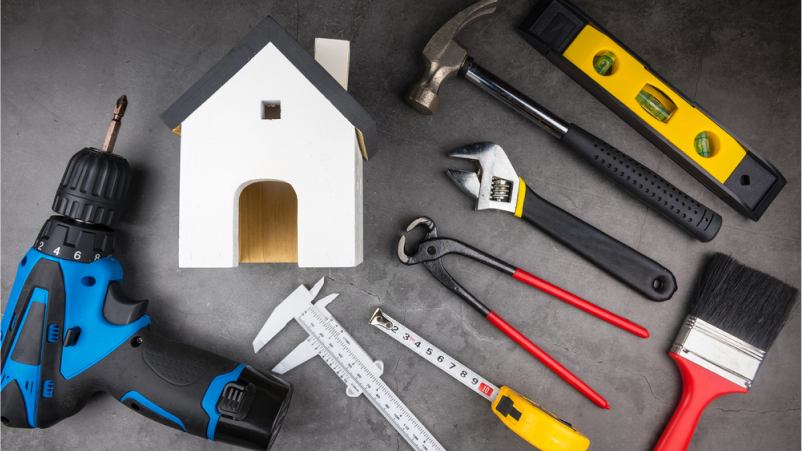
Instead with the advance of technology the usage of hand tools increased significantly. In 2020, the market for hand tools was estimated to be worth USD 22.3 billion. From 2021 to 2028, the market is projected to expand at a CAGR of 3.5%. With the change of time and needs of human hand tools size, shape, and types gets transformed.
Today in the market there are different types of hand tools available. So It is important to choose the right hand tool for the job or for DIY purposes. Hence this article will guide the user with different types of hand tools and their uses. And provide in-depth knowledge about most important tools for DIY.
Measuring and Marking Tools
Tools for measuring and marking are necessary for accurate and precise work in numerous industries, including engineering, building, metalworking, and carpentry. The hand tools names, including rulers, tape measures, squares, levels, calipers, micrometers, and protractors, are used for measuring and marking objects.
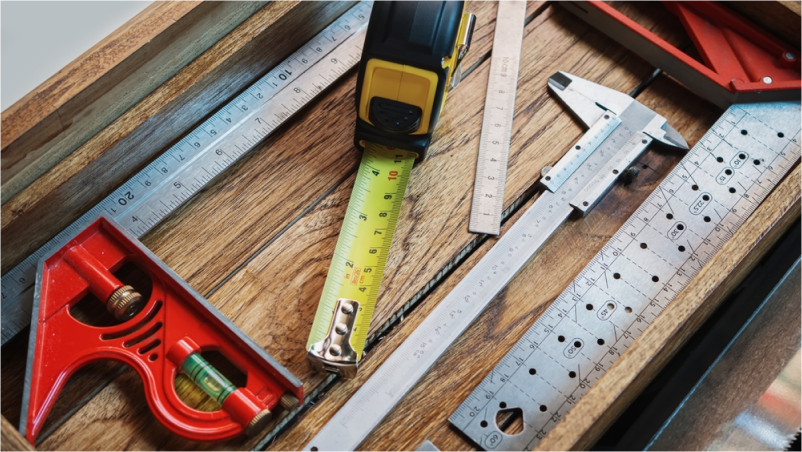
These instruments are intended to give precise measurements and markings and to support the production of high-quality finished goods.
- Measuring and Marking Tools
- Tape measure
- Combination square
- Level
- Chalk line
Tape measure: A flexible measuring tool called a tape measure is widely used in the building, woodworking, marble fittings, apparels, and other crafts. Tape measures come in a variety of lengths, with the most common lengths being 12 feet, 25 feet, and 50 feet.
Uses of Tape Measure
Measuring length: When determining the length of an object, such as a wall, piece of furniture, or piece of fabric, tape measures are most frequently used. They are able to measure both curved and straight surfaces.
Measuring height: Tape measures can be used to measure the height of various items, including persons, doors, and ceilings.
Measuring width: Tape measures can be used to determine the width of various items, including windows, doors, and tables.
Measuring depth: Tape measures can be used to determine the depth of items like bookcases, cabinets, and drawers.
Level
A set of instruments known as level hand tools is used to check the levelness or plumbness of a surface or object. To ensure that surfaces and objects are straight and level, which is essential for the integrity and stability of a construction or project, level hand tools are used.
Preliminary Uses of Level
Spirit Level: To check if a surface is level or plumb, use a spirit level, commonly referred to as a bubble level.
Laser Level: Laser levels project a straight line onto a surface using a laser beam.
Torpedo Level: Torpedo levels are tiny, condensed, and made to fit in limited areas. Usually, they are employed to determine the level of tiny surfaces or objects.
Chalk line
A hand instrument called a chalk line is used to draw a straight line on a surface. Long, straight lines are often marked on surfaces like walls, floors, and ceilings in the construction, carpentry, and other trades.
Putting out tiles: A chalk line is used to draw straight lines to guarantee that the tiles are properly aligned when laying out tiles on a floor or wall.
Wall framing: To make sure a wall frame is level and plumb, the top and bottom plates are marked with a chalk line.
Cutting drywall: To achieve clean and accurate cuts, a chalk line is used to mark a straight line on the drywall before cutting.
Marking gauge
A marking gauge is a hand tool used in woodworking to mark a piece of wood precisely and accurately. The marking gauge is made up of a head or stock that carries a marking wheel or pin and a stem that may be adjusted to change how far the wheel or pin is from the wood’s edge. Typically, the marking wheel or pin is made of metal, while the head is made of wood or metal.
Marking out mortises and tenons: The width and depth of mortises and tenons are marked out using a marking measure to guarantee a flawless fit between the two pieces of wood.
Dovetail marking: To ensure a tight and secure joint, a marking gauge is used to measure out the angle and spacing of dovetails.
Cutting Tools
Cutting tools are instruments that are used in a variety of production processes to cut, form, or mold materials such as metal, wood, plastic, and other materials into the necessary forms and sizes. Based on its cutting geometry, intended use, and material, cutting tools can be divided into a number of types.
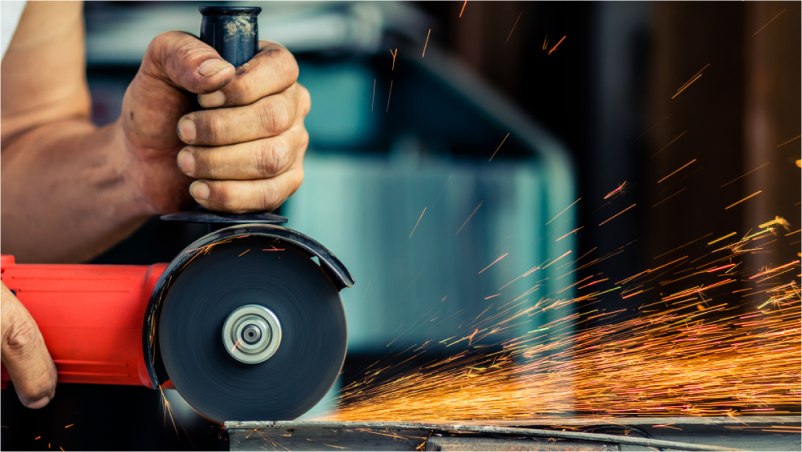
Cutting instruments that are frequently used include scissors, a handsaw, a hacksaw, a coping saw, and a utility knife. Importantly cutting tools are an essential part of the tools for DIY woodworking, likely as power tools.
Handsaw: An instrument with a long, straight blade specifically made for cutting wood is called a handsaw. It is used to cut wood boards, planks, and panels in a straight or angled fashion. To accommodate various types of wood and cutting needs, handsaws come in a variety of sizes and tooth configurations.
Hacksaw: For cutting metal, plastic, and other materials, a hacksaw is a hand-held cutting device with a thin, changeable blade. It is frequently used to cut metal pipes, rods, and bars for DIY and building projects. The frame of a hacksaw is often adjustable to suit various blade lengths.
Coping saw: A handsaw with a thin, fine-toothed blade that is tensioned by a frame is known as a coping saw. It is used to cut complex curves and shapes in plastic, metal, and wood. Coping saws are frequently used in metallurgy, jewelry making, and woodworking.
Utility knife: With a retractable blade, a utility knife is a multipurpose cutting instrument that may be used to cut a range of materials, including paper, cardboard, cloth, and plastic. It is frequently employed in DIY, craft, and building applications.
Scissors: Scissors are a type of cutting instrument that have two blades connected by a pivot. For cutting paper, fabric, and other materials, they are employed. For various cutting purposes, scissors are available in a variety of sizes and types. To keep the fabric from slipping when cutting, fabric scissors, for instance, have serrated blades that grasp the material.
Fastening Tools
In a wide variety of fields and applications, hand tool fastening is essential. Fastening tools are crucial pieces of equipment for assembling, fixing, and maintaining a variety of mechanical systems and structures. These tools are made to ensure that fasteners and components fit tightly and securely, allowing them to remain in place and carry out their intended functions.
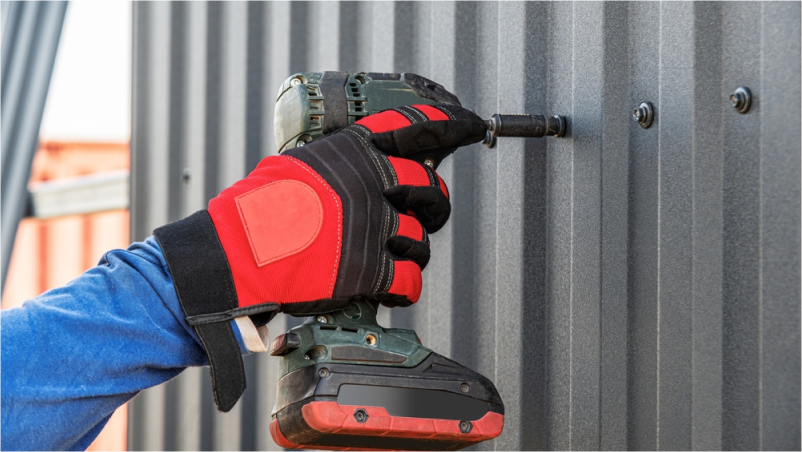
Hammer: An instrument for striking things or driving nails into wood or other materials is a hammer. It has a handle and a strong metal head with a flat or claw-shaped design. The claw side is used to pry nails or other items out of the object, while the flat side is used for striking.
Screwdrivers: By applying torque to the screw head, screwdrivers are tools used to turn screws. They have many sizes and forms, such as Phillips, flat, and hex heads. Screwdrivers are employed in a variety of tasks, including construction and electronics.
Wrenches: Tools used to tighten or loosen nuts and bolts are wrenches. They are available in many shapes and sizes, including adjustable, socket, box-end, and open-end wrenches. Plumbing, construction, and automobile sectors all frequently require wrenches.
Pliers: Pliers is a multipurpose instrument that can be used for grasping, twisting, cutting, and bending. They come in various varieties, including locking pliers, slip-joint pliers, and needle-nose pliers. Pliers are used for a variety of tasks, including jewelry-making and auto repair.
Clamps: To hold two pieces of material together while glue dries or fasteners are being connected, clamps are a useful tool. C-clamps, bar clamps, and pipe clamps are just a few examples of the different sizes and varieties available. Applications for clamps include welding, metalworking, and woodworking.
Shaping Tools
Shaping tools are a group of hand tools that are used to shape, smooth, and refine various materials such as wood, metal, and plastic. Craftsmen, metalworkers, sculptors, and woodworkers have been using these tools for generations to produce complicated patterns and forms.
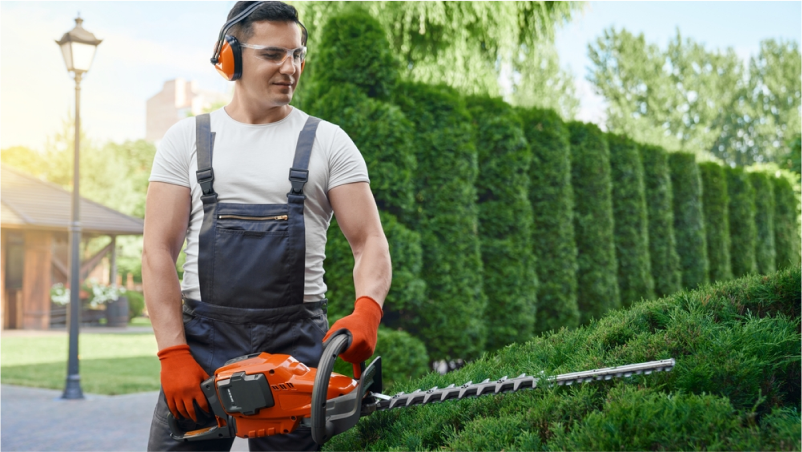
Chisels: Chisels are hand tools that can be used to cut and shape stone, metal, or wood. They come in a variety of sizes and shapes, including straight, curved, and V-shaped, and feature a strong cutting edge. In woodworking, chisels are frequently used to carve elaborate motifs, make mortises, and shape wood.
Rasps: Rasps are ridged or toothed shaping tools with a rough surface. They remove little quantities of material to shape and smooth out materials including wood, metal, and plastic. Rasps can be flat, half-round, or spherical, among other sizes and shapes. In carpentry, they are frequently used to form curved surfaces, such as chair or table legs.
Files: Hand tools called files are used to shape, polish, and finish metal, wood, and plastic. They remove debris with a rough surface and tiny teeth. Files are available in a variety of sizes and shapes, including flat, round, and half-round. They are frequently employed in metalworking to round off jagged edges, eliminate burrs, and form metal components.
Sandpaper: Wood, metal, and plastic can be smoothed and shaped with sandpaper, an abrasive material. It is created by covering paper with abrasive materials like silicon carbide or aluminum oxide. Sandpaper is available in a range of grits, from coarse to fine. Sandpaper with a coarse grit is used for shaping and removing material, while sandpaper with a fine grain is used for finishing and smoothing.
Planes: Wood can be smoothed and shaped with planes, which are shaping tools. They feature a metal body with a sharp blade affixed on it. The user may manage the shavings’ thickness thanks to the blade’s adjustability. There are many different sorts of planes, such as block planes, smoothing planes, and jack planes. They are frequently used to flatten and smooth out wood surfaces in woodworking like cutting blades do in power tools.
Finishing Tools
Many materials, including wood, metal, synthetic, leather, fibre, and plastic, can be finished with a smooth, polished surface using finishing hand tools. These instruments are used to eliminate any last-minute flaws and produce a polished appearance following shaping and sanding.
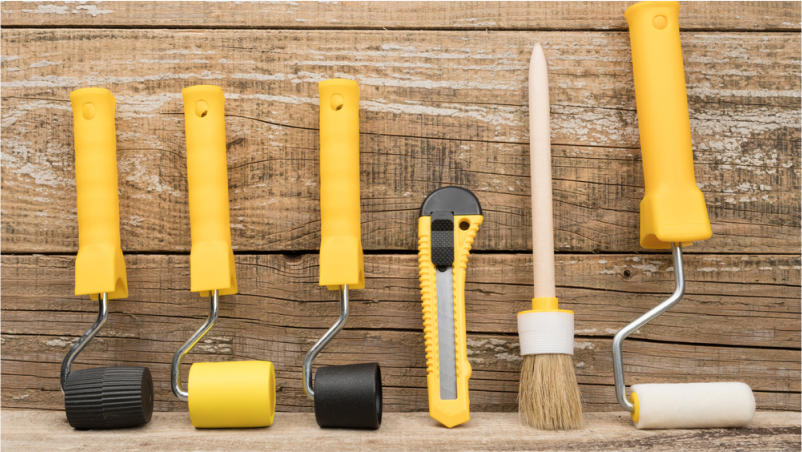
Paint brushes: Paint is applied to surfaces using paint brushes, which are available in a variety of sizes and forms. The kind of brush used will depend on the paint being used and the surface being painted. For instance, smaller brushes are used for fine details and trim, and larger brushes are used for walls and ceilings.
Rollers: With rollers, paint may be applied to big areas fast and effectively. They are available in many shapes and textures, and they can be used in conjunction with extension poles to access high or challenging-to-reach places.
Putty knife: Putty knives are multipurpose tools used in a variety of DIY and home improvement applications. They come in a variety of sizes and forms and are flat, thin blades made of metal or plastic. Putty knives are frequently used to apply joint compound or spackling paste to holes, dents, and cracks in woodwork and walls.
Scraper: Removing old paint, rust, and other debris from surfaces requires the use of scraper tools. These include handheld scrapers and scraper attachments for power tools, and they come in a variety of sizes and styles. Before painting or refinishing, it is normal practice to remove old paint from surfaces with scrapers. The scraper’s sharp edge aids in the speedy and effective removal of the old paint.
Caulking gun: A hand-held equipment called a caulking gun is used to apply caulk or sealant to a surface. Flexible caulk is frequently used to seal up cracks and joints between surfaces like walls, windows, and doors. For DIY projects, such as patching wall cracks and gaps, changing window seals, and caulking around bathtubs and showers, caulking guns is an essential equipment.
Safety Equipment
Safety should always come first while using hand tools. Many do-it-yourself jobs and home repairs entail potentially hazardous operations that, if not carried out with the appropriate care, can result in serious injury. This is where safety gear comes into play.
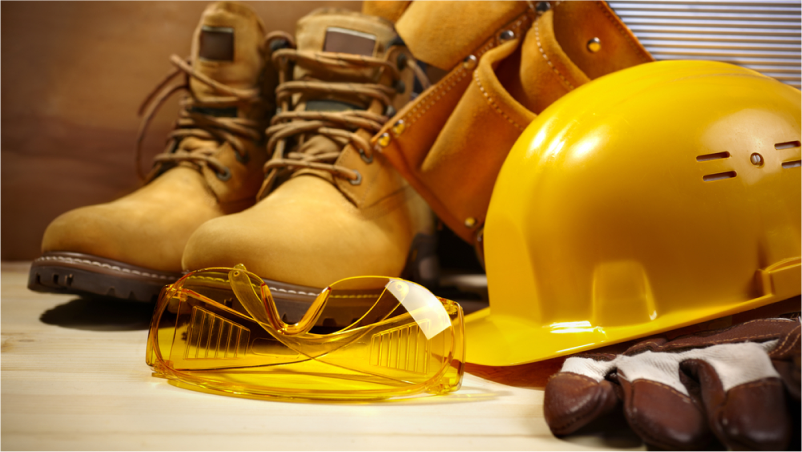
Protection from numerous hazards, such as cuts, abrasions, chemicals, and flying debris, is offered by safety equipment. You can lower your risk of injury and carry out jobs with more assurance and peace of mind by wearing the proper safety gear.
Eye protection: To protect your eye while working on DIY projects safety glasses are the best fit for your eye protection. Your eyes are shielded from chemicals, dust, and flying objects with safety glasses. When working with materials that can release airborne particles or power tools, they are crucial.
Ear protection: Your ears can be shielded from loud noises made by machinery such as power tools or hand tools by wearing earplugs or ear muffs. Using ear protection is crucial because prolonged exposure to loud noises can harm your hearing and also protect your ears from airborne particles.
Dust mask: Your lungs can be protected from breathing in dust, gasses, and other dangerous particles by wearing a dust mask. While working with substances that can release toxic airborne particles, a dust mask is very necessary.
Work gloves: When handling materials and tools, work gloves protect your hands. Cuts, blisters, and other wounds can be avoided with work gloves assistance.
First aid kit: In the event of accidents or injuries, having a first aid kit on hand is crucial when working on DIY projects and home repairs. If the worker has a first aid kit nearby, then it is easy to respond to injuries quickly and stop them from growing worse.
Conclusion
The article with hand tools list has tried to cover the most important tools for DIY. By providing in-depth information about different types of hand tools and their uses. In conclusion, having the appropriate hand tools and safety gear is essential for performing do-it-yourself chores and house repairs. Whether you are a seasoned professional or a complete newbie, employing the proper tools and safety gear can make your work simpler, safer, and more enjoyable.
